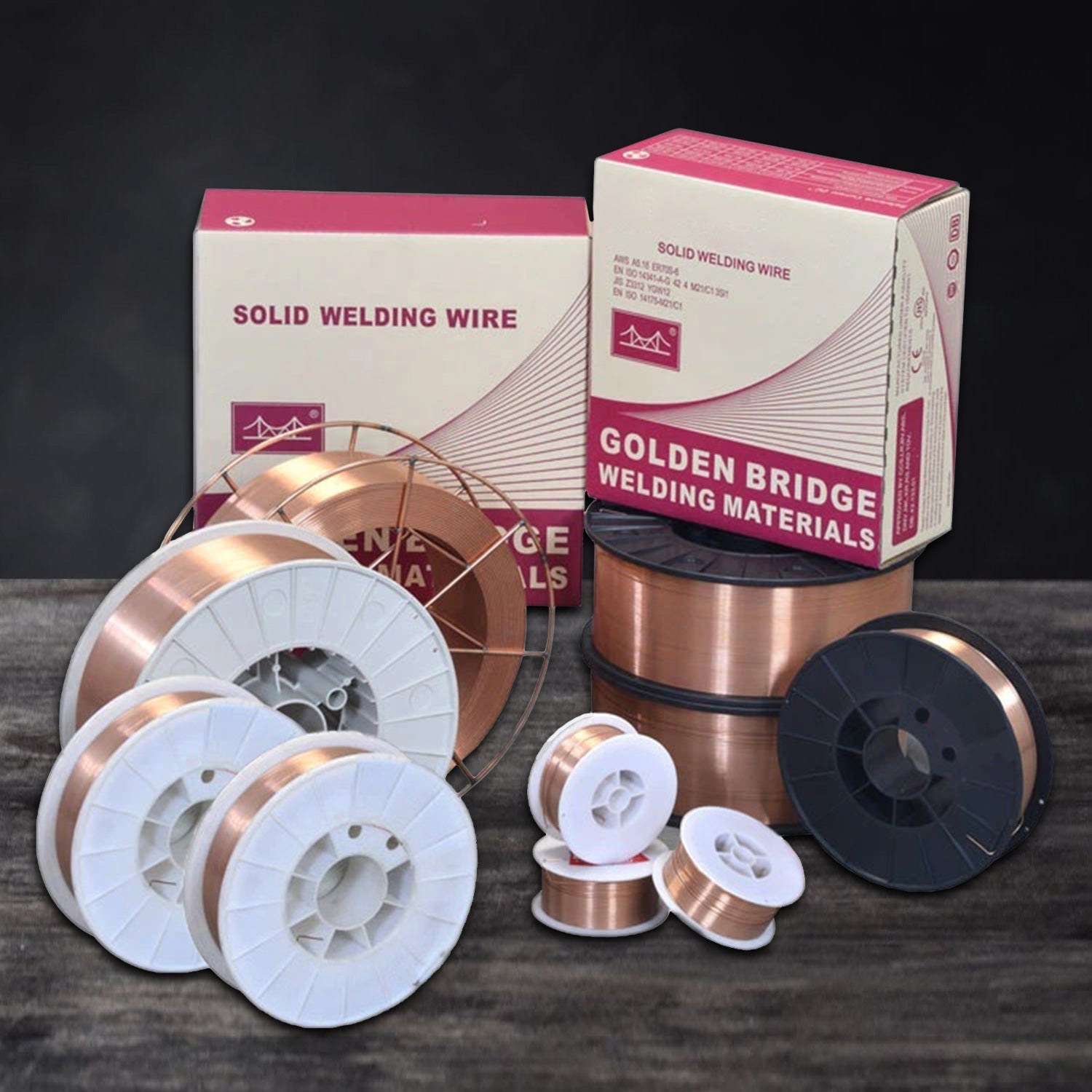When it comes to welding, selecting the right welding rods is crucial for achieving strong, reliable welds. Welding rods come in various types, each designed for specific applications and materials. Understanding these options will help you make the best choice for your project.
Types of Welding Rods:
Stick Electrodes (SMAW): Stick electrodes, also known as shielded metal arc welding (SMAW) rods, are versatile and widely used. They consist of a metal core covered with a flux coating that protects the weld from contaminants. Stick electrodes are suitable for various metals, including steel, stainless steel, and cast iron. They are ideal for outdoor and heavy-duty applications due to their ability to perform well in windy conditions.
TIG Rods (GTAW): Tungsten inert gas (TIG) rods are used for gas tungsten arc welding (GTAW). TIG rods are known for their precision and ability to produce clean, high-quality welds. They are available in various materials, such as pure tungsten and tungsten alloys, and are typically used for welding thin materials and intricate parts. TIG welding is often used in applications requiring a high level of control and appearance.
MIG Wires (GMAW): Metal inert gas (MIG) wires are used for gas metal arc welding (GMAW). MIG welding is known for its speed and ease of use. MIG wires are continuously fed through the welding gun and are suitable for a wide range of metals and thicknesses. They provide a consistent weld with minimal spatter, making them a popular choice for both beginners and experienced welders.
Choosing the Right Rod:
Material Compatibility: Ensure the welding rod you choose is compatible with the base material of your project. For instance, use stainless steel rods for stainless steel welding and mild steel rods for mild steel.
Welding Position: Consider the position in which you’ll be welding. Some rods are better suited for specific positions, such as overhead or vertical welding.
Application Requirements: Match the rod to the demands of your project. For heavy-duty applications, stick electrodes may be more suitable, while TIG rods are ideal for precision work.
In conclusion, understanding the different types of welding rods and their applications will help you select the best one for your project, ensuring a high-quality and reliable weld.




